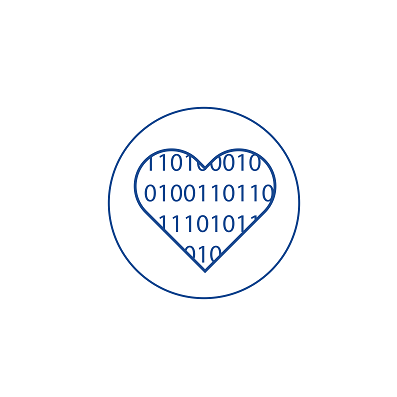Start - Events

POB-1 Seminar invitation
Ladies and Gentlemen,
Time flies. Not long ago, we met to listen to a lecture on federated learning and data security. This time, I would like to invite you to a lecture on quantum biopsy. This Wednesday, 26 November, at 4 p.m. Warsaw time, Prof. Paweł Moskal, from the Institute of Physics at the Jagiellonian University, will give a lecture on the latest medical imaging system – positron emission tomography. This year, Prof. Moskal received a prestigious ERC grant for his research, enabling him to verify the possibility of using the measurement of the degree of quantum entanglement of annihilation photons to assess tissue oxygenation, which would allow for non-invasive assessment of the malignancy of cancerous lesions.
The Professor's scientific achievements can be found at https://scholar.google.com/citations?user=ohJjQHgAAAAJ&hl=pl. The link to the meeting is below.
I cordially invite you to attend.
Joanna Polańska
Link:
Join the meeting https://polsl-pl.zoom.us/j/97145629531?pwd=OinCUE9a3balpmHNkaxn4uQ0Fsi4C7.1
Meeting identifier: 971 4562 9531
Access code: 480445
First Positronium and Quantum Entanglement Imaging of humans with J-PET
- Moskal1,2*
1Institute of Physics, Jagiellonian University, Cracow, Poland
2Center for Theranostics, Jagiellonian University, Cracow, Poland
Jagiellonian-PET (J-PET) is a novel, cost-effective positron emission tomography technology based on plastic scintillators [1,2]. The J-PET system constructed at the Jagiellonian University is the first multi-photon PET scanner [3] capable of measuring momentum vectors and the orientation of polarization planes of photons originating from positronium decays [4]. Positronium imaging is a newly invented method for imaging the properties of positronium in living organisms [5,6,7,8]. Quantum Entanglement Imaging is a method enabling the imaging the degree of the entanglement of annihilation photons [9].
We will present the first-ever images of the properties of positronium in humans [8], the first multi-photon images from the decays of positronium atoms into three photons [3], and the first observation of non-maximal entanglement of photons from positronium annihilation in matter [9]. We will discuss the status of the development of (i) positronium imaging and (ii) degree of quantum entanglement imaging as possible diagnostic biomarkers of tissue pathology [10] and biomarkers of hypoxia [11].
References
[1] P. Moskal, E. Ł. Stępień, PET Clinics 15, 439 (2020).
[2] P. Moskal et al., Phys. Med. Biol. 66, 175015 (2021).
[3] P. Moskal et al., Nature Communication 12, 5658 (2021).
[4] P. Moskal et al., Nature Communication 15, 79 (2024).
[5] P. Moskal, Positronium Imaging, IEEE NSS MIC 2018, 10.1109/NSSMIC.2018.8824622
[6] P. Moskal, E. Ł. Stępień et al., Nature Reviews Physics 1, 527 (2019).
[7] P. Moskal et al., Science Advances 7, eabh4394 (2021).
[8] P. Moskal, …, E. Ł. Stępień, Science Advances 10, eadp2890 (2024).
[9] P. Moskal et al., Science Advances 11, eads3046 (2025).
[10] P. Moskal, …, E. Ł. Stępień, EJNMMI Phys. 10, 22 (2023).
[11] P. Moskal, E. Ł. Stepień, Bio-Algorithms and Med-Systems 17, 311 (2021).















